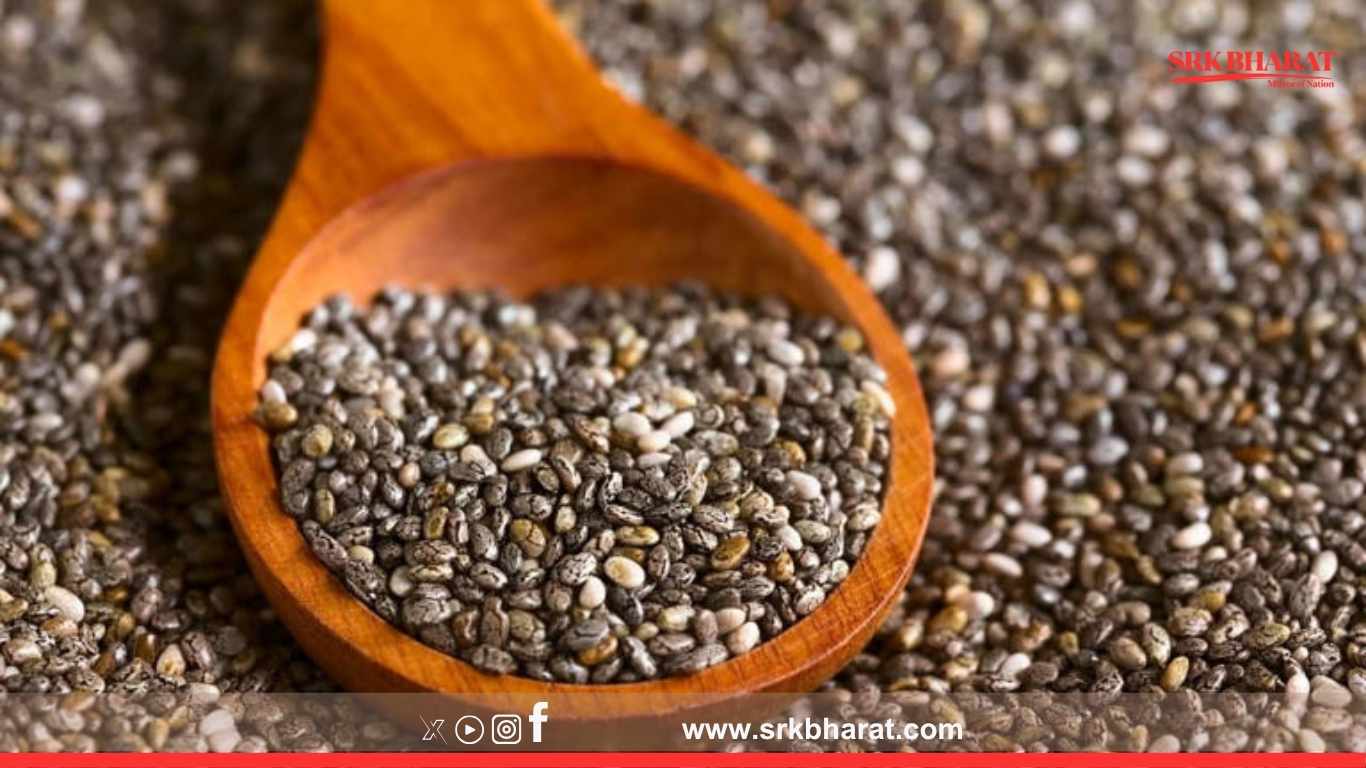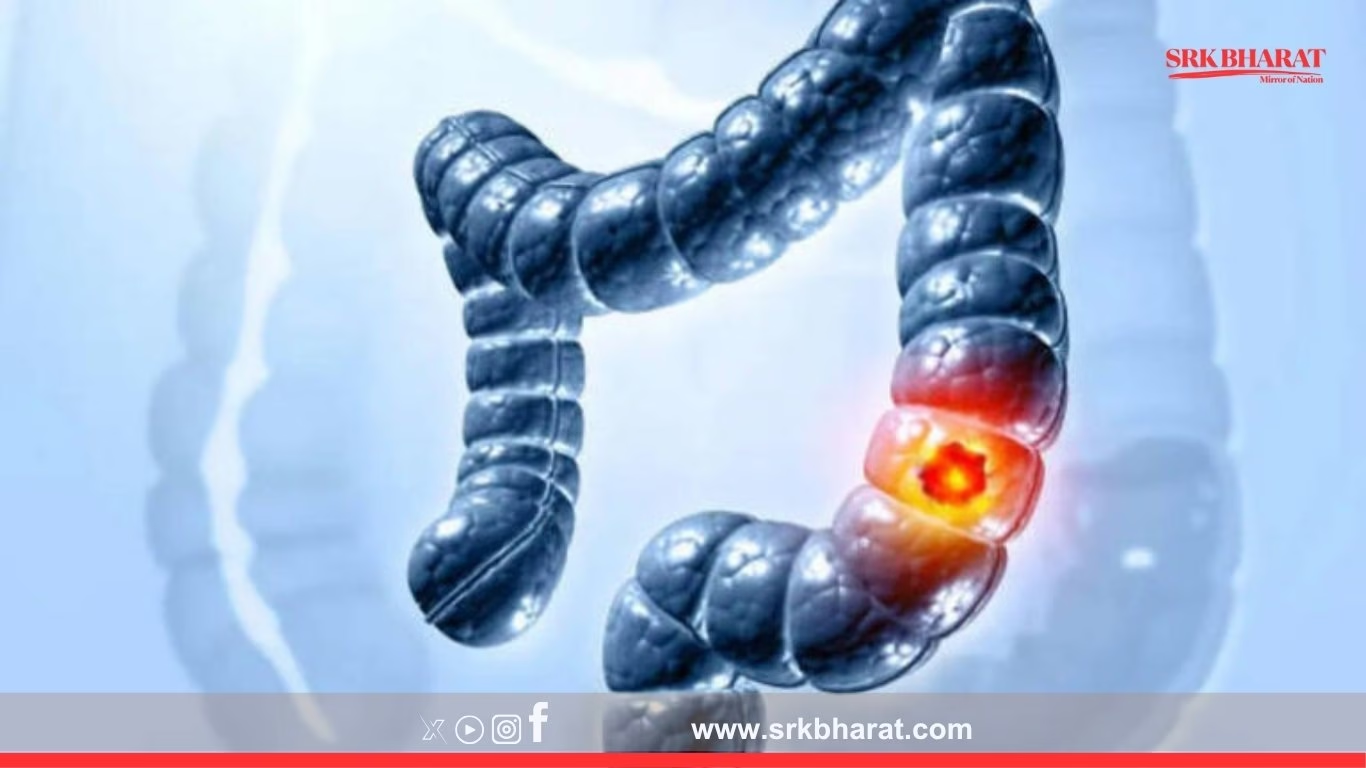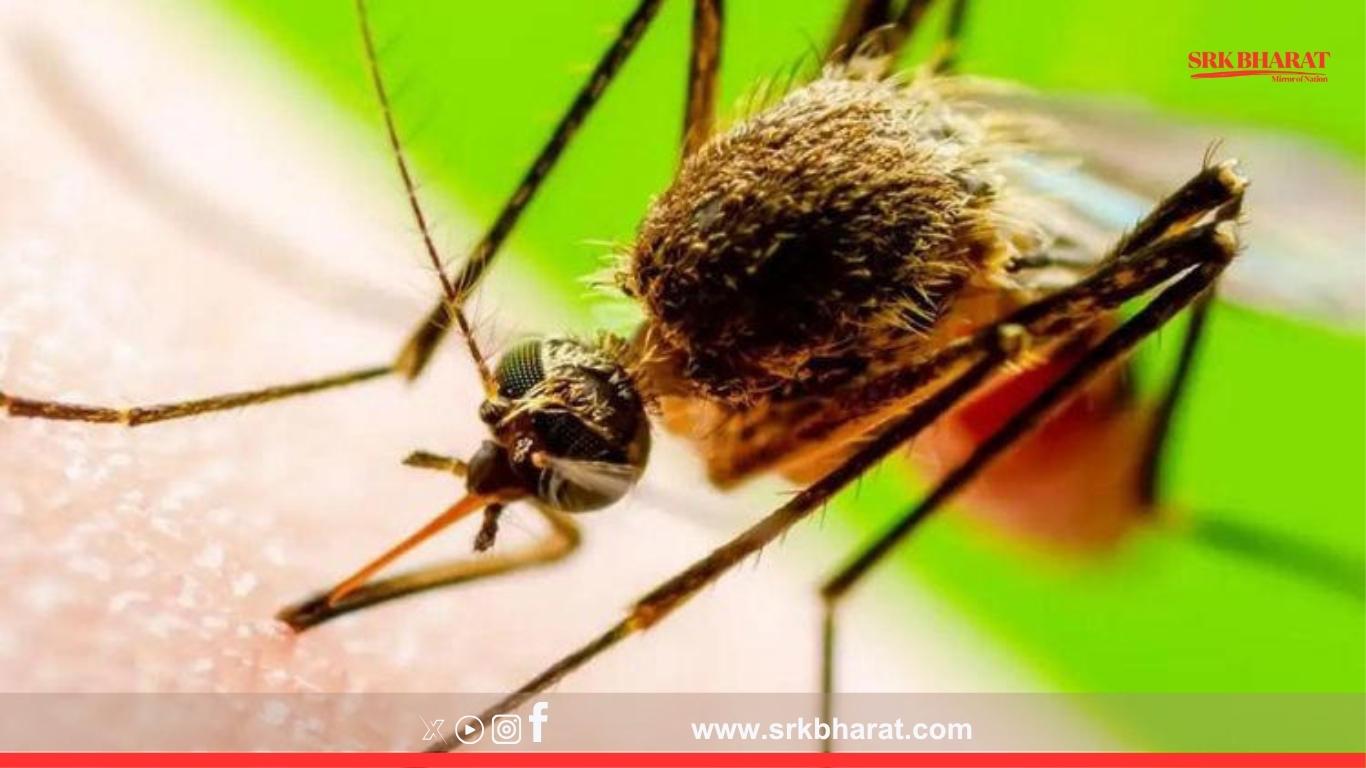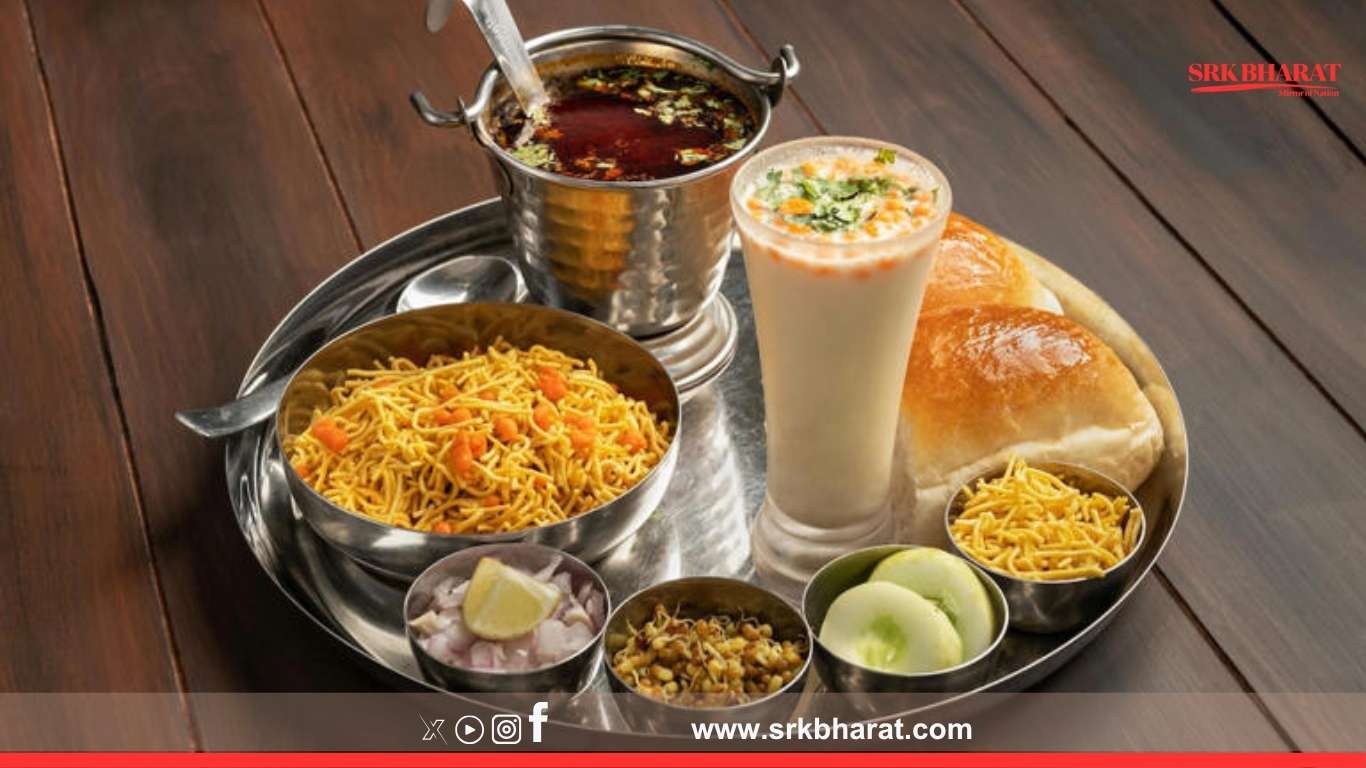While chia seeds have long been hailed as a nutritional powerhouse, a leading Harvard-trained gastroenterologist is now urging people to rethink how they consume them. Dr. Saurabh Sethi, a gastroenterologist trained at Harvard, Stanford, and AIIMS, warns that eating chia seeds dry may do more harm than good—causing bloating, cramping, or even choking in rare cases.
🌱 Why Chia Seeds Are a Superfood
Chia seeds are rich in:
- Soluble fiber: Supports digestion and gut health
- Omega-3 fatty acids (ALA): Promotes heart and brain function
- Complete plant-based protein: Contains all nine essential amino acids
- Antioxidants: Helps fight inflammation and oxidative stress
According to the National Institutes of Health (NIH), chia seeds can help regulate blood sugar, improve digestion, and support cardiovascular health.
⚠️ The Hidden Risk of Eating Them Dry
Dr. Sethi explains that chia seeds can absorb up to 12 times their weight in water, forming a gel-like mass. When consumed dry, they may expand in the throat or stomach, leading to discomfort or even esophageal blockage.
“Eating chia seeds dry or without preparation isn’t ideal. Always let them absorb liquid first to avoid digestive issues,” Dr. Sethi advises.
✅ Three Smart Ways to Eat Chia Seeds
- Chia Pudding: Soak 1 tbsp of chia seeds in ½ cup of almond or coconut milk for at least 2 hours (or overnight). Add fruits, cinnamon, or honey for flavor.
- Chia Fresca: Mix 1 tbsp of chia seeds in a glass of water, let it sit for 15 minutes, then add lemon juice. A hydrating, fiber-rich drink.
- Smoothie Booster: Pre-soak chia seeds for 10–15 minutes before blending into smoothies for added thickness and gut-friendly fiber.
🧠 Pro Tip: Unlock the “Mucilage Layer”
NHS surgeon Dr. Karan Rajan adds that soaking chia seeds activates their mucilage layer, a potent soluble fiber that acts as a prebiotic, supports satiety, and stabilizes blood sugar.
Stay tuned for more science-backed wellness updates.











